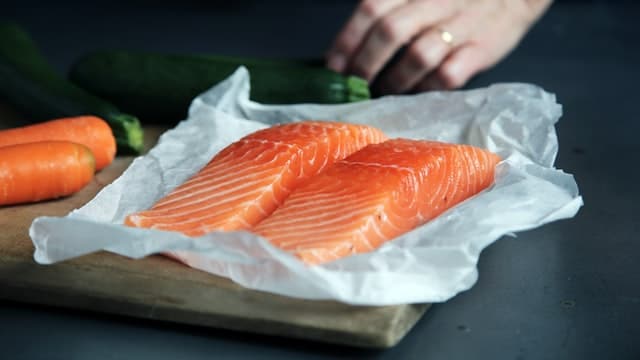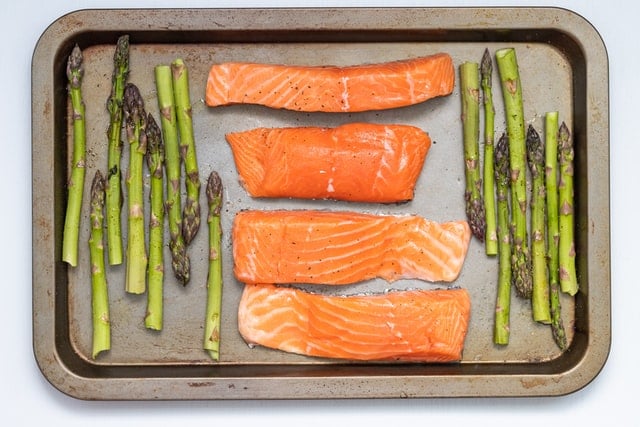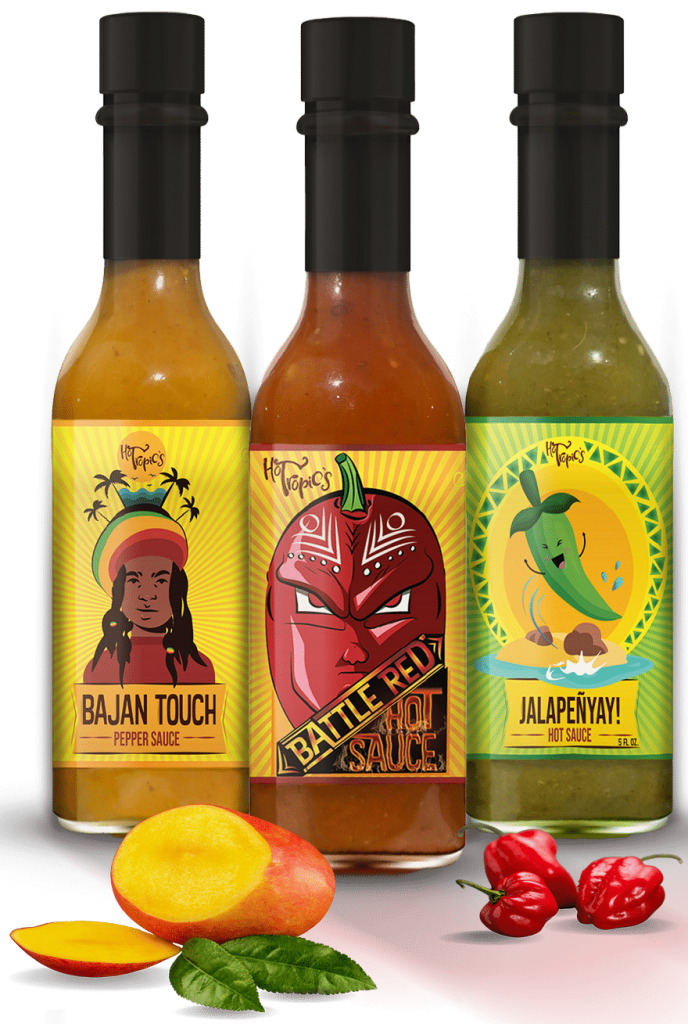Salmon is a weeknight staple and a delectable treat for those weekend grill outs. Although this savory dish is an easy favorite, it can be tricky to achieve that melt-in-your-mouth bite. Here are three solutions to say no more to a chewy disaster.
Solution 1: Select Your Salmon the Smart Way

Every delicious meal starts with high quality ingredients. How you source your salmon is no exception. Therefore, as you peruse the seafood section at your local market, look out for these three traits in your salmon:
- Bright & Vibrant– The brighter pink your salmon flesh is, the better. Color indicates how fresh your fish is. Try to avoid any salmon flesh that appears dull in color. This means the meat will expire soon.
- Firm– The firmer the better!
- Most Recent ‘Caught On’ Date– Ask the vendor when the salmon was caught to ensure that you get the freshest meat available. Moreover, avoid frozen meat when you can since it is more likely to become chewy as you heat it.
Solution 2: Cook your Salmon Skin-Side Down

Cooking your meat skin-side down can be the difference between a tender, juicy bite and a dry, chalky disaster. The outer skin works as a protectant for the delicate pink flesh of your fish. This part is prone to overcook when left in direct contact with the heat source for just a minute too long. Whether you pan-sear, grill, or roast, it is best to leave the outer skin face down.
Solution 3: Don’t Let Your Seasoned Fish Sit
Seasoning is a must for every meal. Yet for salmon, when you season your meat is key. Once you salt and spice up your fish meat, don’t let your salmon sit for too long before throwing it on the heat. The moment salt comes into contact with salmon flesh, it begins to break down proteins in the fish and pulls out moisture, drying your succulent salmon meat. To avoid this, throw your fish on the grill, in the pan or on a skillet as soon as its properly spiced to your liking.
How To: Check For Doneness

Insert your fork in the center of the thickest part of the fillet and gently pull open. If your salmon begins to flake easily, it is ready to be pulled off the heat and plated immediately. To be sure your fish is thoroughly cooked, the FDA recommends the internal temperature to be 145 degrees Fahrenheit.
Final Thoughts
These three foolproof methods will make your salmon as appetizing as ever. Give yourself the treat of mouthwatering salmon that melts in your mouth. Want to add some extra heat to your salmon? Try adding a bit of our exclusive Pineapple Habanero Hot Sauce. Enjoy!



